Vet Teams IRL: Vickie Byard, CVT, VTS (Dentistry)
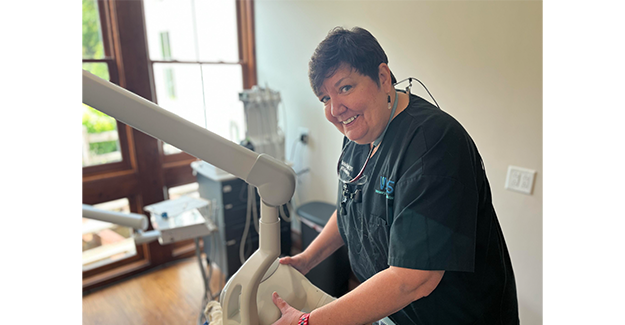
I recently had the privilege of sitting down with Vickie Byard, a remarkable veterinary technician with a wealth of experience and a heart full of passion for the field. This interview was personal for me as I count Vickie as a dear friend and personal career mentor. Vickie's interview was a testament to the love and dedication she brings to her profession.
Tasha McNerney: You have been in vet med since I was in elementary school . . . What are some things you love about your job in veterinary medicine? What keeps you engaged?
Vickie Byard: Well, even though I am a severe introvert, I love interacting with our pet parents. I know they are coming to us with concern, financial constraints, and fear. The best part of my job is helping them navigate the road ahead of them.
TMc: You have been such a pivotal figure in my career; I wonder, did you have a personal mentor supporting you throughout your career?
VB: I asked Nancy Shaffron, CVT, VTS (Emergency and Critical Care), to mentor me early on. Since that time, she has become a dear and trusted friend. One of the most important things I learned from her was my values. I was also blessed to have worked for Dr. Mark Fox for most of my career at Rau Animal Hospital in Glenside, Pennsylvania. He saw the value of having certified veterinary technicians and eventually VTSs. During my tenure there, he fostered the growth of any individual showing great interest in a particular discipline. I believe he changed the standard of care for the positive by encouraging this growth.
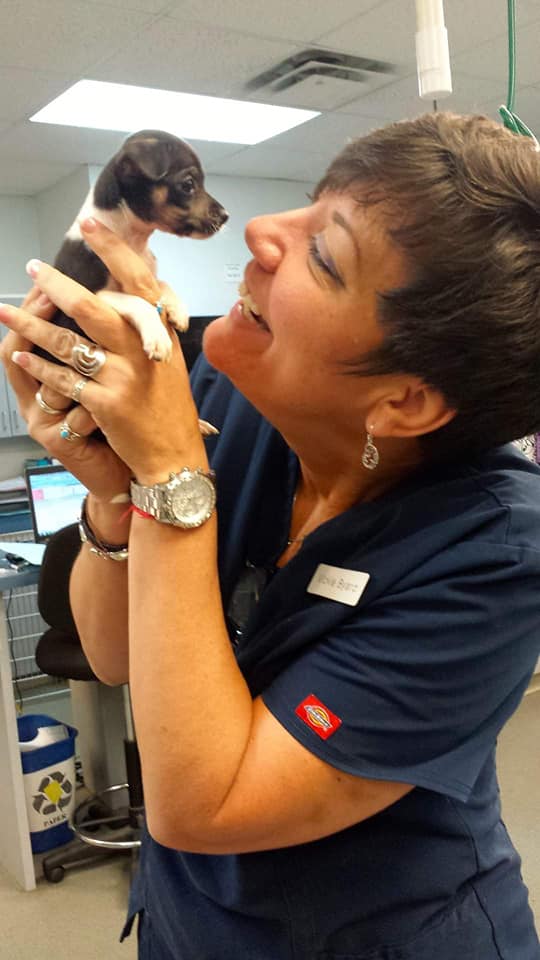
TMc: I have lots of stories of cool cases in anesthesia and as I know you are one of the best storytellers . . . as you think back on your career, has any particular case stuck with you over the years? If so, can we hear about it?
VB: In 2019, I joined the stellar team at Veterinary Dentistry Specialists in Chadds Ford, Pennsylvania. Having worked in general practice for most of my career, I wasn't exposed to large surgeries to treat oral cancers in dogs and cats. The first case needed a mandibulectomy as curative intent surgery. As I witnessed this surgery, I remember thinking, "My God! What are we doing to this patient!" Having witnessed the recoveries and how well these patients do, it changed my perspective; and I now understand that these drastic surgical procedures return these patients back to their homes to be loved for a long time.
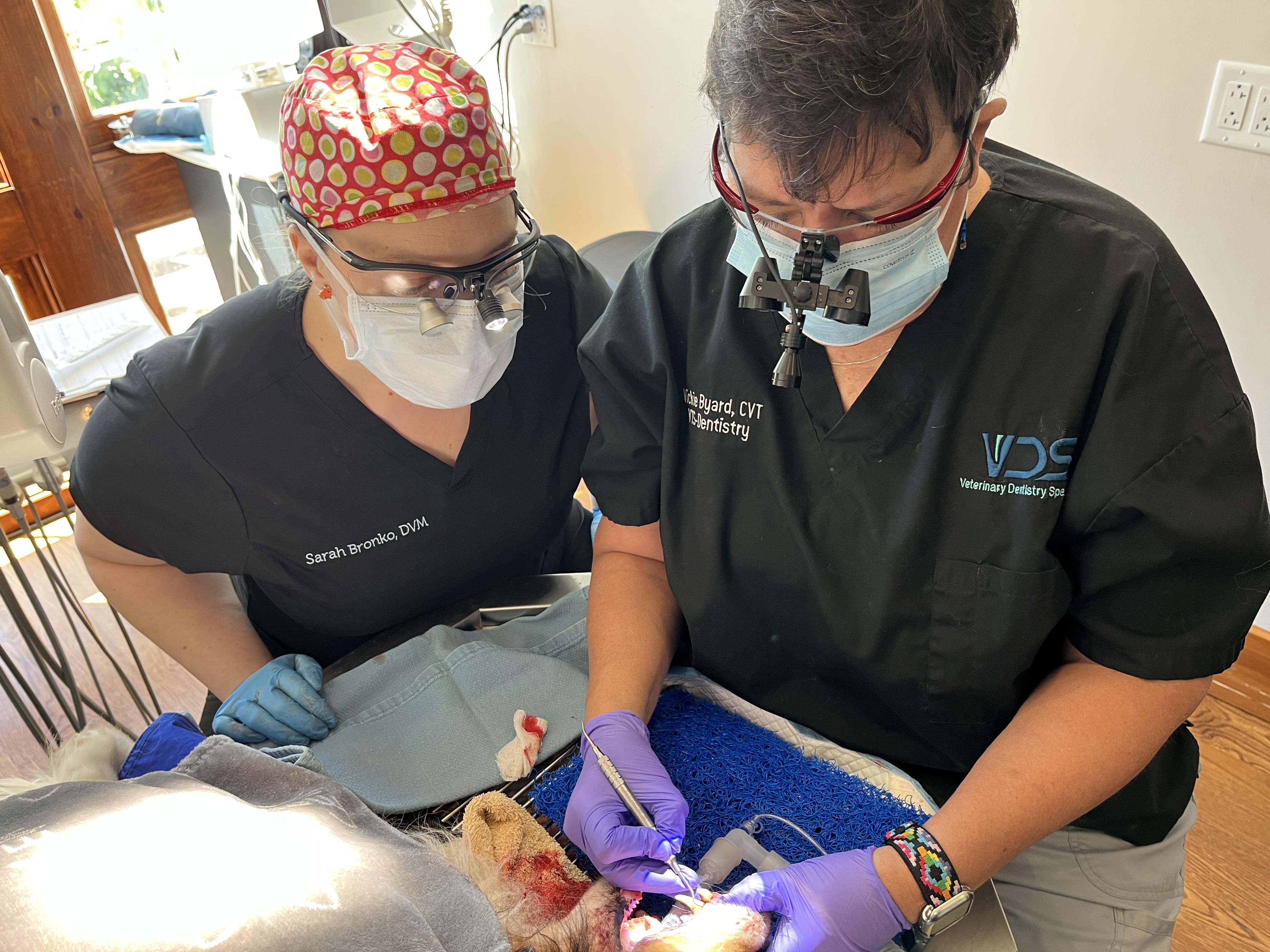
TMc: You and I have always worked so well together on cases: You manage the teeth and I manage the anesthesia. Why do you think it's important to approach veterinary medicine as a team?
VB: As a consultant who teaches dental skills in the practice, I have noticed that there are still cultures in some practices where technician skills are being provided by the veterinarian. I believe this is out of fear—fear that the technicians will miss something or perform a skill incorrectly. Team-based care means that everyone is trained appropriately; the veterinarian should monitor their proficiency and then confidently expect that the technician will provide that care from then on.
I teach technicians how to chart a patient's mouth and I teach them how to do nerve blocks. It is frustrating for me to hear that their employers do that work when it is clearly within the scope of the technician's practice act.
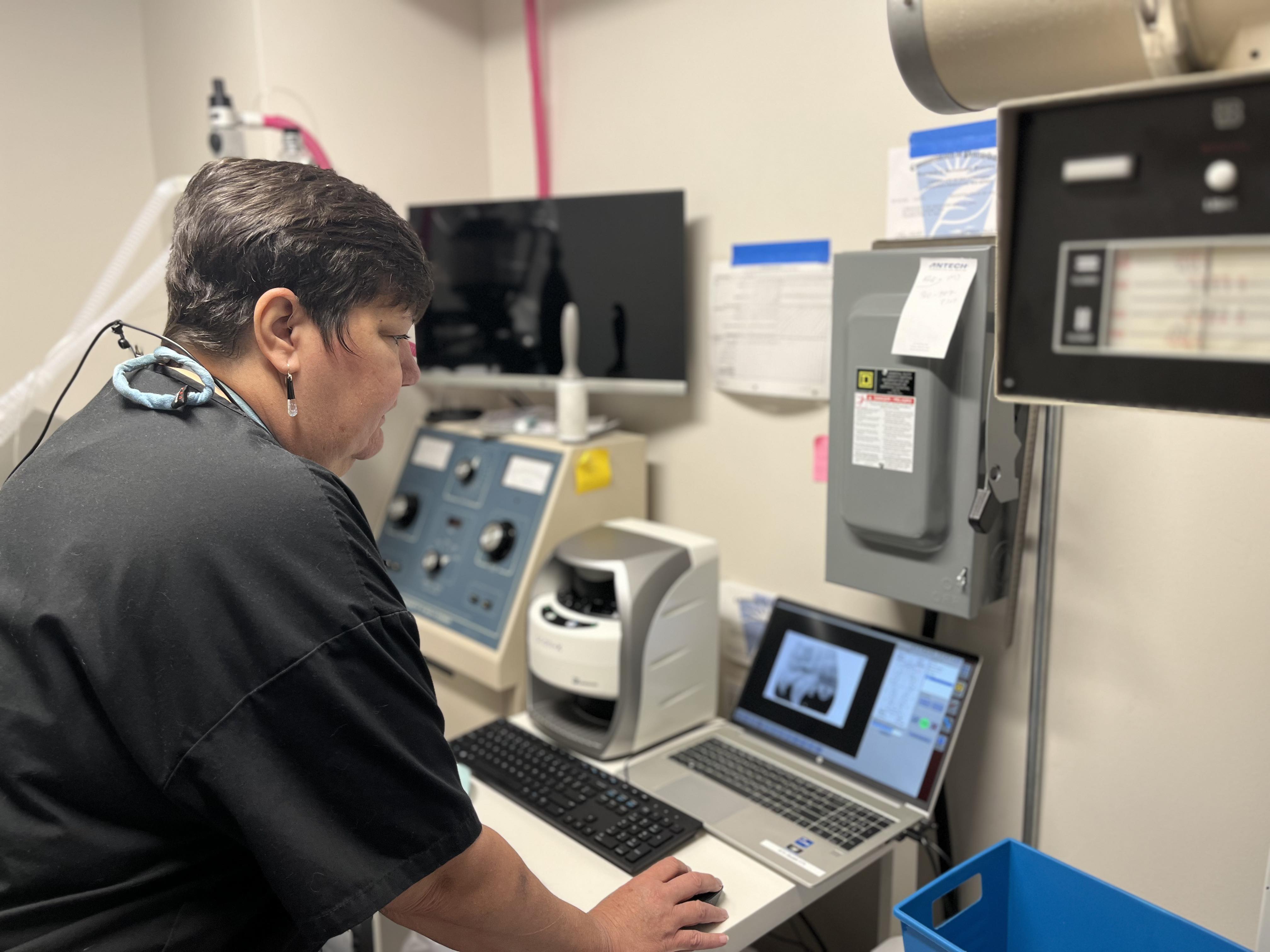
TMc: Looking back to your first years in practice—when you had that big curly ‘80s hair—versus now: What improvements or advancements have you seen in the field of veterinary medicine over the years?
VB: You are interviewing a vet tech close to retirement, so I have seen so many changes. I still remember cats being dosed with an IM injection of ketamine only to neuter them. We did not do multimodal anesthesia.
I am certainly no anesthetist, but the care veterinary medicine provides now is so much more advanced, and monitoring systems have come a long way. I remember, not that long ago, when it was rare for a practice to have intraoral radiographs, let alone provide full mouth radiographs on every patient getting oral care.
I even recall a time when there were only one or two choices for emergency care in the Philadelphia area.
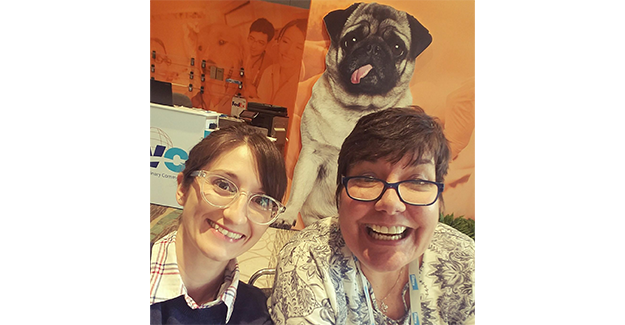
TMc: But before you retire . . . leave us with some of those VB words of wisdom: What are some hopes you have for the veterinary technician profession going forward?
VB: Tasha, I had the great privilege of working with you for many years. We both were raised at Rau Animal Hospital. When Dr. Fox realized that I had an interest in dentistry, he sent me anywhere in the country that I needed to go to learn what I needed to learn (at his expense). Then he expected me to return and share the information with the staff.
He did that for you as well. If you said we needed a ventilator, he ordered you that equipment. And you trained the technical staff to get comfortable with it. And the practice standard of care increased, and I know you and I shared in the pride that came with being a leader. That practice culture gave us wings! More technicians need wings!
TMc: You know I must ask because obviously I am biased that anesthesia is the COOLEST—but, for you, why dentistry? What is it about this area of veterinary medicine that motivated you enough to start the specialty academy?
VB: For me, dentistry provided immediate satisfaction. The patient comes to us painful and smelly. After about three days, they are happy and, overall, healthier than before. The pet parents notice the positive change right away. I love being a part of that.
Let's face it, I got involved in the Academy of Veterinary Dental Technicians because there were very few technicians across the United States who worked 100% in dentistry. Dr. Jan Bellows recommended I come to Las Vegas and meet a group of like-minded techs with the interest of creating the academy.
It fills me with deep pride that there are over 100 VTSs in dentistry across this country and others around the world. It was a great ride! Thank God I was given those wings!
Photos courtesy of Vickie Byard
Tasha McNerney BS, CVT, CVPP, VTS (Anesthesia and Analgesia) is a certified veterinary technician and certified veterinary pain practitioner who works closely with the IVAPM to educate the public about animal pain awareness. McNerney has authored numerous articles on anesthesia and analgesia topics for veterinary professionals and pet owners.
Disclaimer: The views expressed, and topics discussed, in any NEWStat column or article are intended to inform, educate, or entertain, and do not represent an official position by the American Animal Hospital Association (AAHA) or its Board of Directors.



